Discovery Park District hosts world-class research
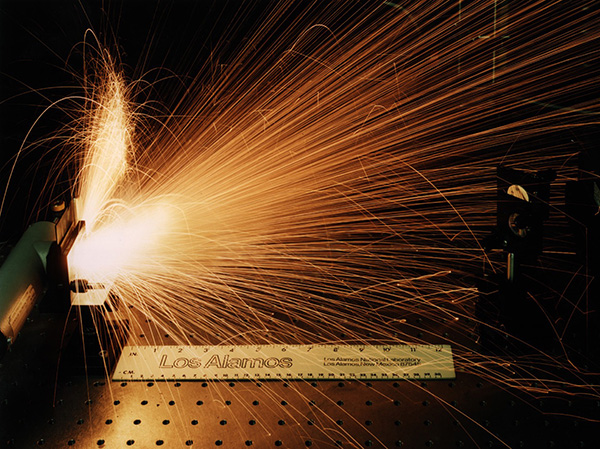
DPD also will house the newly announced Hypersonics and Applied Research Facility. The 65,000-square-foot building will contain additive manufacturing for hypersonics, as well as two hypersonic wind tunnels: the Hypersonic Pulse (HYPULSE) shock tunnel donated by Northrop Grumman Corporation, and the world’s first Mach 8 quiet wind tunnel, for which Purdue received a contract from the Air Force Research Laboratory.
The root: Purdue University Airport
The Purdue University Airport, which opened in 1930, is the first university-owned airport in the country. Encompassing 537 acres divided into airside and landside facilities, it is the second-busiest airport in Indiana. Amelia Earhart, the first woman to fly solo across the Atlantic, was attracted to Purdue because, at the time of her hiring in the fall of 1935, it was the only university in the United States with its own fully equipped airport. Part of her legacy at Purdue is her significant impact on aviation and the progression of women in careers. Today, there are many resources available for women in previously male-dominated fields, such as the Women in Aviation Chapter, the Women in Engineering Program, and Girls Aviation Day at the Purdue Airport, which encourages girls in grades 3-8 to pursue dreams of aviation.
The airside includes two runways, a system of parallel taxiways, and an apron area. The landside consists of two passenger terminal buildings, seven “T” hangars used for private and corporate aircraft storage, two hangars used for commercial activities, and five hangars and two small buildings used for academic activities.
Inseok Hwang, a professor in the School of Aeronautics and Astronautics, is using Purdue’s UAS Research and Test Facility located at Hangar 4 of the airport, for a project with Abu Dhabi. Hwang’s team is tasked with making sure drones and their systems can operate securely, safely and efficiently in the United Arab Emirates capital. The 20,000-square-foot, 35-feet high airport facility features the largest indoor motion capture system in the world and offers unique capabilities for novel research.
Steve Schneider, also a professor in the School of Aeronautics and Astronautics, developed a Mach 6 wind tunnel, which, at the time of its completion, was the only one of its kind in the world capable of running quietly at “hypersonic” speeds. This ability helps researchers design advanced aircraft and missiles. Located inside the Aerospace Science Lab (AERO) at Hangar 3 at the airport, the Mach 6 tunnel is 140 feet long with a 9-inch diameter test area, which allows researchers to use larger-scale test models.
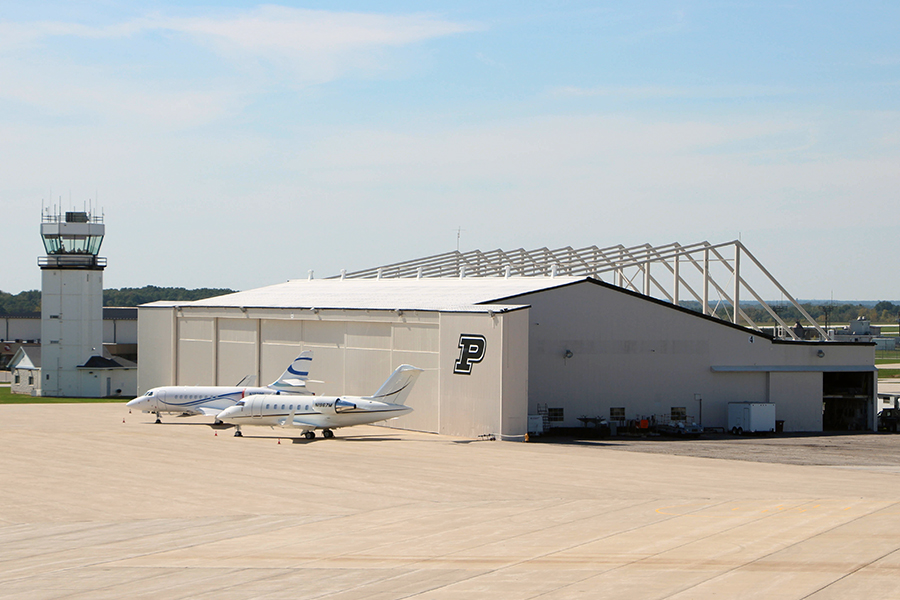
Research excellence: Zucrow Laboratories
Zucrow Labs, occupying a 24-acre site adjacent to the Purdue University Airport, is the largest academic propulsion lab in the world. Its research capabilities encompass disciplines including aerodynamics of turbo machinery, aeroacoustics, combustion, measurement and control, computational fluid mechanics, particle flow heat transfer, and atomization processes.
Zucrow, one of the select few labs in academia fully equipped to study energetic materials, consists of six buildings housing 22 individual laboratories, including air compressors and air tanks capable of delivering 3,300 cubic feet of air at 2,200 psi.
The facility has been a presence on the Purdue campus since 1948. In 2017, a large expansion project added five new high-pressure combustion test cells, a state-of-the-art laser diagnostic lab, and a 1,500-degree air heater.
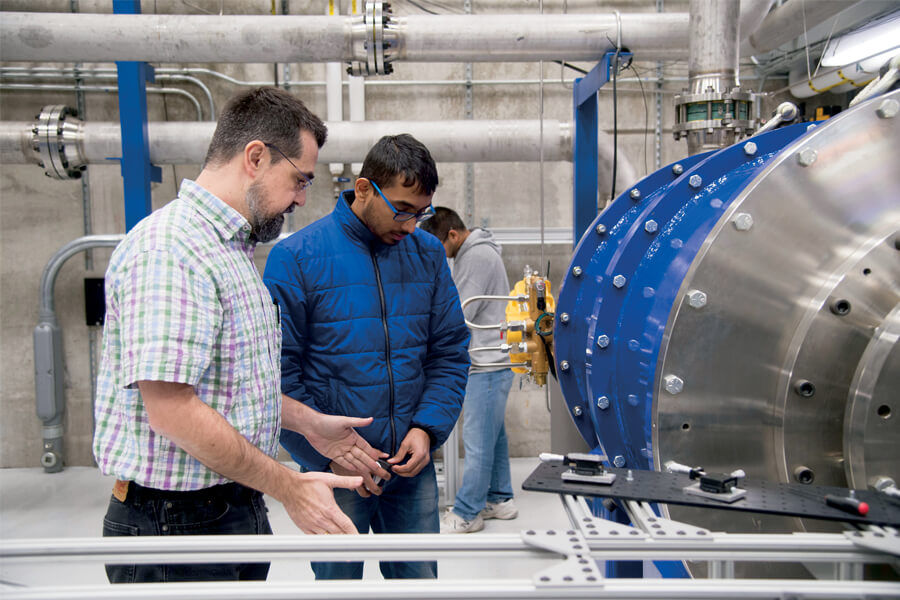
Industry impact: Schweitzer Engineering Laboratories
SEL Purdue, which opened in February 2020, boasts 100,000 square feet for electric power research, development and manufacturing. SEL Purdue is an expansion of Schweitzer Engineering Laboratories, headquartered in Washington and founded by Purdue alumnus Edmund O. Schweitzer III, who earned his bachelor’s and master’s degrees in electrical engineering in 1968 and 1971, respectively, and was inducted to the National Inventor Hall of Fame for his invention and commercialization of the digital protective relay for electricity grids.
Adding 300-plus new high-tech jobs, SEL Purdue builds hundreds of relays per day that are distributed to utility companies including Duke Energy and Indianapolis Power and Light Co.
Since early in the pandemic, SEL has worked with health care providers, academic institutions and community leaders in Washington state to offer innovative solutions to ever-changing COVID-19 issues. The company’s newest contribution is a device tailor-made for storing temperature-sensitive vaccines. The technology’s usefulness will extend beyond the pandemic, as it has the capability to safely store any injectable medication or medical product that requires a specific temperature range.
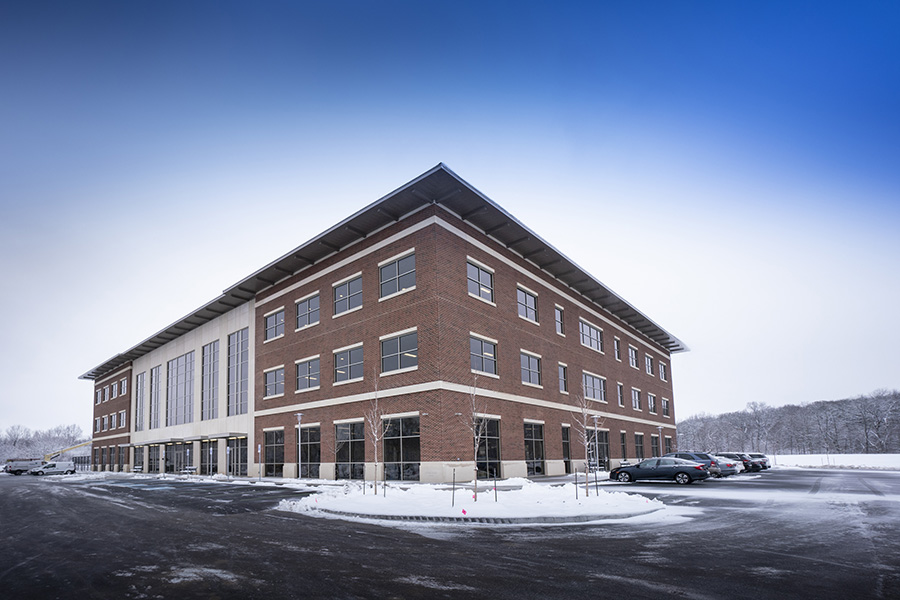
Industry impact: Saab
Stockholm-based Saab’s new facility on the Purdue campus represents an expansion of the company’s U.S.-based advanced manufacturing and innovation operations. The West Lafayette plant will manufacture a significant portion of the Boeing T-X advanced pilot training aircraft, which will help train future U.S. Air Force pilots for generations to come.
The facility will produce major aero structures for the Boeing T-X, which features an all-new aircraft designed, developed and manufactured by Boeing and Saab. The new flagship facility in Indiana will utilize advanced manufacturing techniques and leverage research and development to support Saab’s broad product portfolio.
When its plant is at full capacity in 2027, Saab will employ more than 300 people in the West Lafayette facility across management, administration and manufacturing roles.
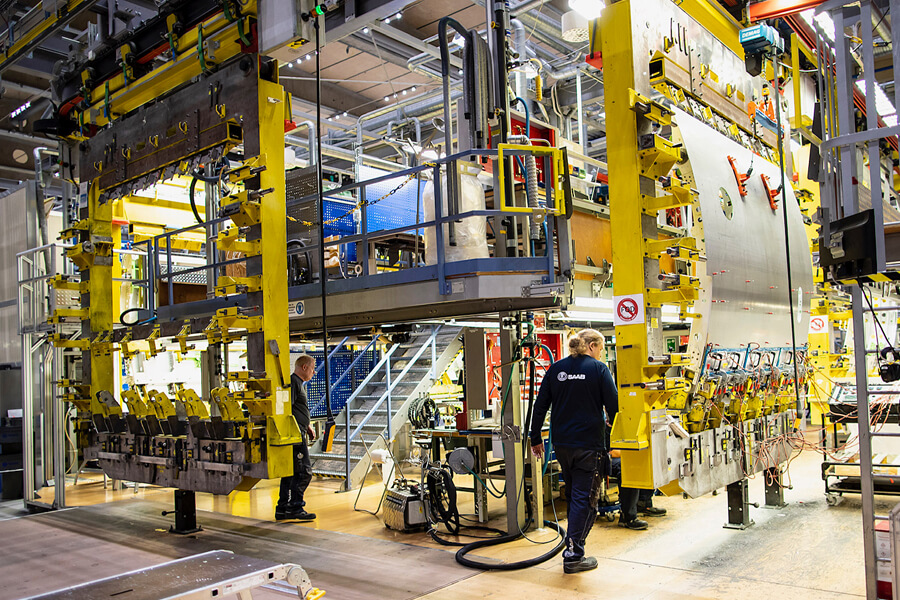
Industry impact: Rolls-Royce
Purdue and Rolls-Royce have a long-standing partnership that continues to strengthen the economy in the State of Indiana. Recent collaborations have resulted in a new turbine test rig at Zucrow Laboratories and construction of the Purdue Technology Center Aerospace, a facility in West Lafayette where the company conducts research and development for jet engine components.
On April 22, 2021, Rolls-Royce announced a joint partnership with Purdue's Center for Education and Research in Information Assurance and Security (CERIAS) and Carnegie Mellon University for its newly launched Cybersecurity Technology Research Network. Shaoshuai Mou, an assistant professor in the School of Aeronautics and Astronautics, is the PI on the project, which will focus on the integration of artificial intelligence with classical theories for intrusion detection in resource-limited embedded systems. The goal is to enhance the security of current and future Rolls-Royce platforms powered by the company's propulsion systems.
Purdue’s Next Moves
DPD aligns with Purdue University’s new strategic initiatives, announced April 9, 2021, to advance the University’s position as one of the world’s top research and teaching institutions.
The $260 million campaign, Purdue’s Next Moves, will leverage strengths to accomplish excellence in five targeted areas. The National Security and Technology Initiative specifically addresses many of the niche specialties covered within DPD.
